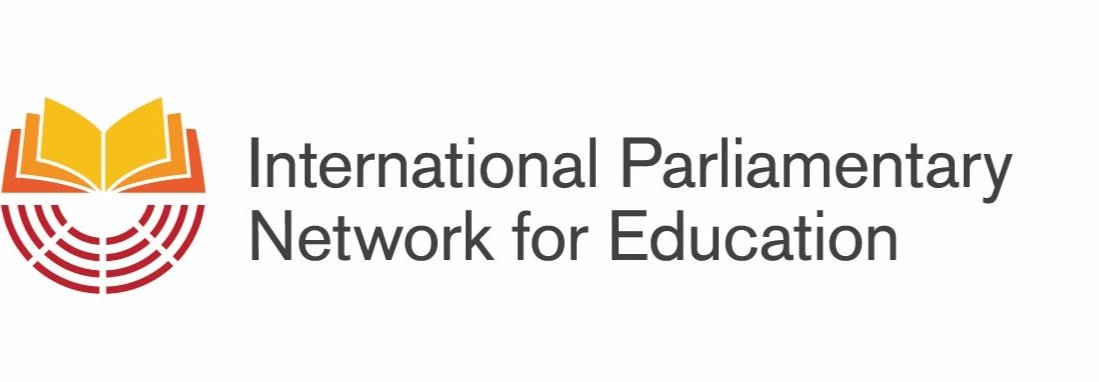
Financing
Education is severely underfunded
The annual financing gap for achieving SDG 4 in low- and lower-middle-income countries already stood at $148 billion.
One in four countries do not meet either of the international benchmarks of allocating at least 15% to 20% of total public expenditure, or 4% to 6% of GDP to education.
Whilst increasing national spending on education is key to achieving SDG 4, aid to education is vital in helping to close the financing gap.
However, in 2018, education received just over 7% of total official development assistance - despite the recommendation that donor governments invest at least 15% of their aid in education.
MPs have a vital role in protecting education financing
Parliamentarians can advocate for and urge their governments to grow public revenues where possible, protect education spending at home and abroad as a critical component in the COVID-19 recovery efforts, and target public resources to the most marginalized learners.
Three point plan to protect education financing:
IPNEd is working with parliamentarians across the world to call on their governments and the international community to take action to protect education financing.
MPs are asking national authorities and the international community to help protect education financing by:
1.
Strengthening domestic revenue mobilisation
2.
Increasing aid for education
3.
Addressing the debt crisis

1. Strengthening domestic revenue mobilization and increasing the share of expenditure for education
As widening the tax base in countries with a large informal sector takes time, other measures (fighting tax avoidance and evasion, revising tax incentives and treaties, etc.) need to be explored without delay.
Members of parliament can use their voice to insist on the immediate to long-term imperative of increasing financing, contributing to a strong push for more and better funding for education.
Despite the pandemic causing the greatest disruption to education in history, education has been largely invisible in the fiscal response to the pandemic.
Stimulus funding
National budgets
The furthest behind
$12 trillion has been allocated so far in stimulus packages across 192 countries but the share allocated to education and training amounts to less than one per cent.
By investing now in education governments can prevent the worst education outcomes, and mitigate the additional pressure on the education financing gap by as much as 75%.
Members of parliament can encourage strengthened dialogue between education ministries and ministries of finance in a systematic and sustained way.
Collaboration can ensure education benefits from stimulus funding and, where possible, increase the share of the national budget for education (in particular when internal reallocation is feasible).
Before the outbreak of COVID-19 more than 250 million children and youth were out of school.
It is predicted that 11 million girls and half of all refugee girls in secondary school may not return to school when they reopen.
Now more than ever, governments must prioritise resources for the most marginalised children.

2. Protecting and increasing official development assistance (ODA) for education
There are two major multilateral funding organisations in global education:
Education Cannot Wait (ECW) is the only global fund dedicated to education in emergencies and protracted crises. The fund aims to reach all crisis-affected children and youth with safe, free and quality education by 2030.
The Global Partnership for Education (GPE) is a shared commitment to ending the world’s learning crisis. GPE mobilizes partners and funds to support lower-income countries to transform their education systems so that every girl and boy can get the quality education they need.
Given the scale of the global education emergency, donors need to ensure that aid commitments to education are, at the very least, kept stable, if not increased, and focus on the most at risk, including children affected by existing conflict and crises.
These two global education funds require urgent support.
GPE seeks to secure an additional US$1 billion to reach its target of at least US$5 billion to transform education systems for more than 1 billion children over the period 2021-25; and
ECW requires at least US$1 billion to continue its multiyear financial support to countries affected by emergencies and protracted crises for the period 2023-26.
Members of parliament in donor countries have a vital role to play in advocating for aid, monitoring the proportion of aid that their government provides education and encouraging their governments to contribute to the two global funds for education which are both at the forefront of supporting the poorest and most fragile countries.

3. Strengthening international coordination to address the debt crisis
Relieving, postponing, and restructuring debt for low- and middle-income countries that request forbearance should be a part of the solution to create the fiscal space for countries to invest in education, which requires action from all stakeholders.
G20 countries have already agreed to a “debt service standstill” for least developed countries until the end of 2020. While this will allow some short-term financial leeway, it does not address the needs of all vulnerable countries, nor does it address the longer- term issue of debt sustainability.
Questions from members of parliament in G20 countries about what their countries position on debt relief is, along with advocacy for the importance of debt relief and the need to ensure that when it happens, savings are devoted to education, are vital.



